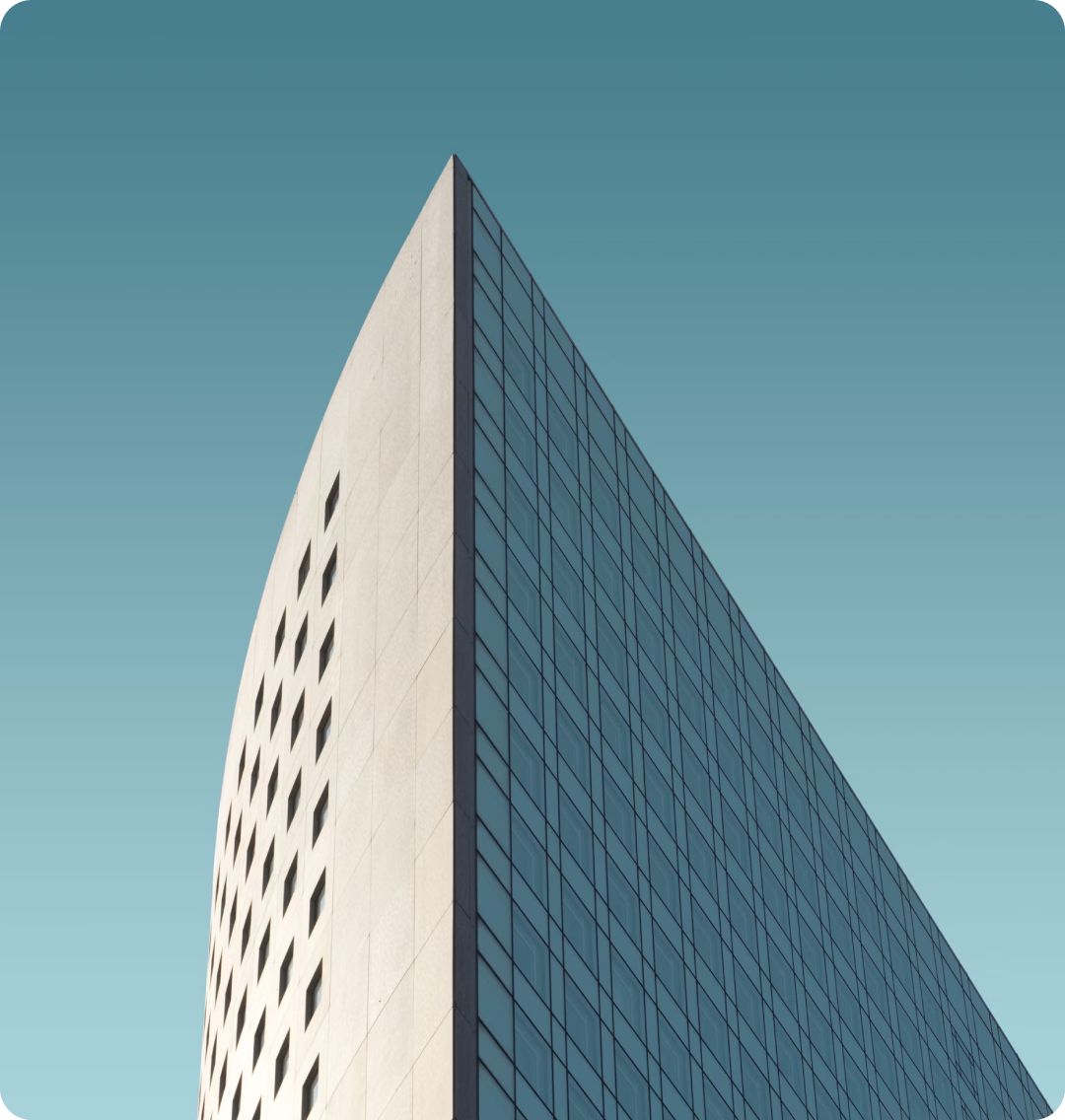Dynamic facades, at their core, represent a melding of aesthetics and functionality, serving as the building's interface with the external world. These facades adapt and morph, not just to beautify but to actively mitigate environmental impact, optimize energy consumption, and enhance occupant comfort. The ingenuity behind these facades lies in their diverse mechanisms and the technologies that drive them.




Photos by various authors
Mechanisms and Technologies Driving Dynamic Facades
At the forefront of dynamic facade technology are materials that respond to environmental stimuli. Thermochromic glass, for instance, adjusts its transparency based on temperature, mitigating heat gain during hot spells and maximizing it when it's cooler. Electrochromic glass offers similar benefits, allowing for the modulation of light and heat through electrical stimulation, significantly reducing the need for artificial lighting and air conditioning. Beyond glass, kinetic elements—panels, shades, and louvers that move in response to sensors—act as the building's limbs, stretching to shade interiors from the harsh summer sun or retracting to soak in the winter warmth.
In the symphony of the city, adaptive architecture plays the fluid melody of adaptation, where buildings dance in harmony with the rhythm of nature, ever-changing, ever-responding.
The backbone of these responsive facades is an array of sensors and control systems, intricately networked to monitor environmental variables such as light, temperature, and wind. These systems, powered by advancements in IoT and AI, enable facades to anticipate and react, optimizing conditions in real-time for energy efficiency and occupant comfort.

The Multifaceted Benefits of Dynamic Facades
The allure of dynamic facades extends beyond their visual dynamism, offering tangible benefits in energy efficiency, sustainability, and human-centric design.

Energy Efficiency and Sustainability
By actively controlling heat and light ingress, dynamic facades substantially reduce reliance on heating, cooling, and lighting systems, slashing energy consumption and greenhouse gas emissions. This alignment with sustainability goals not only addresses the pressing demands of climate change but also translates into significant cost savings over the building's lifecycle.
Enhancing Occupant Comfort and Well-being
Dynamic facades contribute to a more comfortable and healthier indoor environment by optimizing natural light and maintaining comfortable temperatures, which are crucial for occupant well-being. The ability to provide natural ventilation and reduce glare without sacrificing daylight enhances productivity and comfort, making buildings more adaptable to the needs and preferences of their occupants.
Like trees in a forest that bend with the breeze and seek the sun, adaptive architecture grows in dialogue with the elements, shaping spaces that are as alive as the world they inhabit.
Aesthetic and Functional Advantages
The kinetic aspect of dynamic facades introduces a novel aesthetic dimension to buildings, allowing them to change appearance with the time of day or season, contributing to the urban landscape's vibrancy. Moreover, these facades can be designed to support biodiversity, integrating green spaces that offer habitats and promote urban ecology.

Navigating the Challenges
Despite their advantages, dynamic facades present challenges in design, implementation, and maintenance. The complexity of moving parts and advanced materials necessitates rigorous testing and quality assurance to ensure longevity and reliability. Moreover, the initial cost and technological sophistication of dynamic systems can be barriers to widespread adoption, highlighting the need for cost-effective solutions and broader expertise in the field.
Innovative Examples of Dynamic Facades
Al Bahr Towers, Abu Dhabi
The Al Bahr Towers exemplify dynamic facade technology with their iconic geometric patterned shades that open and close in response to the sun's movement. This adaptive shading system significantly reduces energy consumption while maintaining stunning visual appeal.
Video by Stefff D
One Central Park, Sydney
Featuring vertical gardens and a motorized heliostat system for natural lighting, One Central Park is a testament to integrating dynamic facades with green building principles. The project showcases how technology and nature can coalesce to create sustainable and inviting urban spaces.

ICD/ITKE Research Pavilion, Stuttgart
This pavilion demonstrates the potential of biomimetic design, using a lightweight, dynamic structure inspired by natural forms. It showcases how cutting-edge computation and fabrication techniques can be applied to create responsive and efficient architectural solutions.

The Future of Adaptive Architecture
As we stand on the cusp of a new era in architectural design, dynamic facades represent more than an innovative aesthetic choice; they embody a commitment to sustainability, efficiency, and human-centric spaces. The challenges ahead are significant, yet they are matched by the immense potential for positive impact on our built environment and society at large. Continuing advancements in materials science, digital technologies, and design methodologies will undoubtedly propel adaptive architecture to new heights, forging buildings that are not only responsive to our needs today but are also resilient and adaptable for generations to come.









